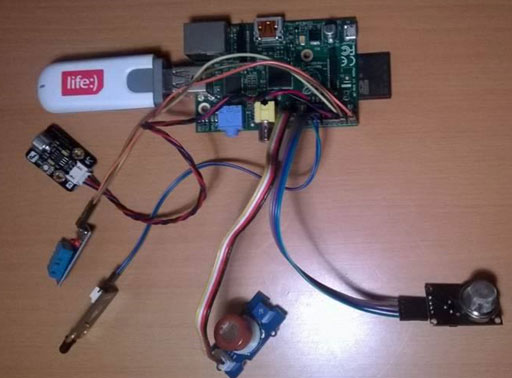Design principles of design of wireless sensor networks with self-organization to monitor environmental parameters
It is proposed a theoretical and methodological basis for creating wireless sensor networks (WSN) monitoring of environmental parameters. Synthesized new WSN topology control algorithms. Formulated approaches to building the knowledge base (rules) to control the topology of WSN. An improved method of energy-efficient data aggregation in WSN, which uses a new way to reduce the energy use of individual nodes WSN by limiting their number for message transfer over the period of data collection.
A new predictive routing of WSN dynamic topology. Unlike existing methods of routing WSN developed a new predictive routing involves the introduction of additional features routing that will be implemented in stages: choice of target function management route (route planning minimum (given) value for the selected metrics), such as routing, the number of routes and mode sensing network; intellectualization decision making on the choice of routes the data through the use of fuzzy logic. A new method for WSN routing coordinate, taking into account the interaction of sensor nodes and intellectualization of decision-making levels of the OSI model and management functions.
For the first time the technology for environmental monitoring and risk assessment in the area ofsurveillance sites increased risk of using Smart Touch technology. As a result of testing the technique and experimental layout for building WSN using programmable circuit Arduino, Xbee radio modules and sensors together for various purposes.

| Attachment | Size |
|---|---|
| 536.53 KB |




